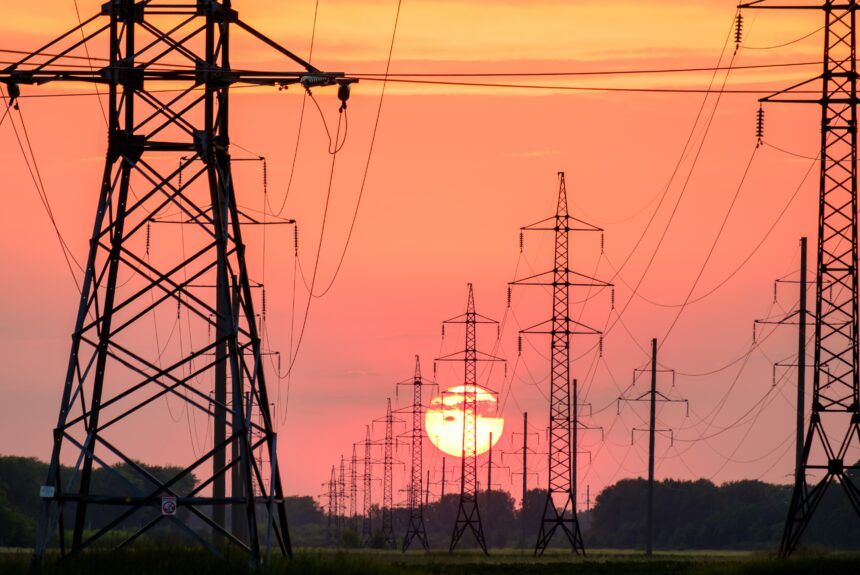Texas has long been known as an energy powerhouse, built on a foundation of oil and natural gas. However, in recent years, Texas has become a trailblazer in renewable energy. Unfortunately, the future of Texas energy — from all sources — is threatened by a misguided court decision earlier this year.
In August, the U.S. Court of Appeals for the District of Columbia issued a ruling in City of Port Isabel vs. FERC (Federal Energy Regulatory Commission) that took the unprecedented step of vacating the federal permits of two South Texas liquefied natural gas facilities — the $18.4 billion Rio Grande LNG terminal and Texas LNG — more than a year after they were issued. But the ramifications of this decision extend far beyond LNG. If it stands, the ruling would set a precedent that could derail future development for all forms of energy, and Texas’ position as a clean energy leader could be squandered.
In 2023, wind farms in Texas generated nearly 108 terawatts of electricity, accounting for more than 25% of all U.S. wind energy production, according to the Electric Reliability Council of Texas. If Texas were its own country, it would be the fourth-largest wind producer in the world. Texas also recently surpassed California as the largest solar-generating state in the country, thanks in large part to the Lone Star State more than tripling its annual rate of solar installations between 2020 and 2023.
Click here to read the full piece in the Dallas Morning News.
The views and opinions expressed are those of the author’s and do not necessarily reflect the official policy or position of C3.
